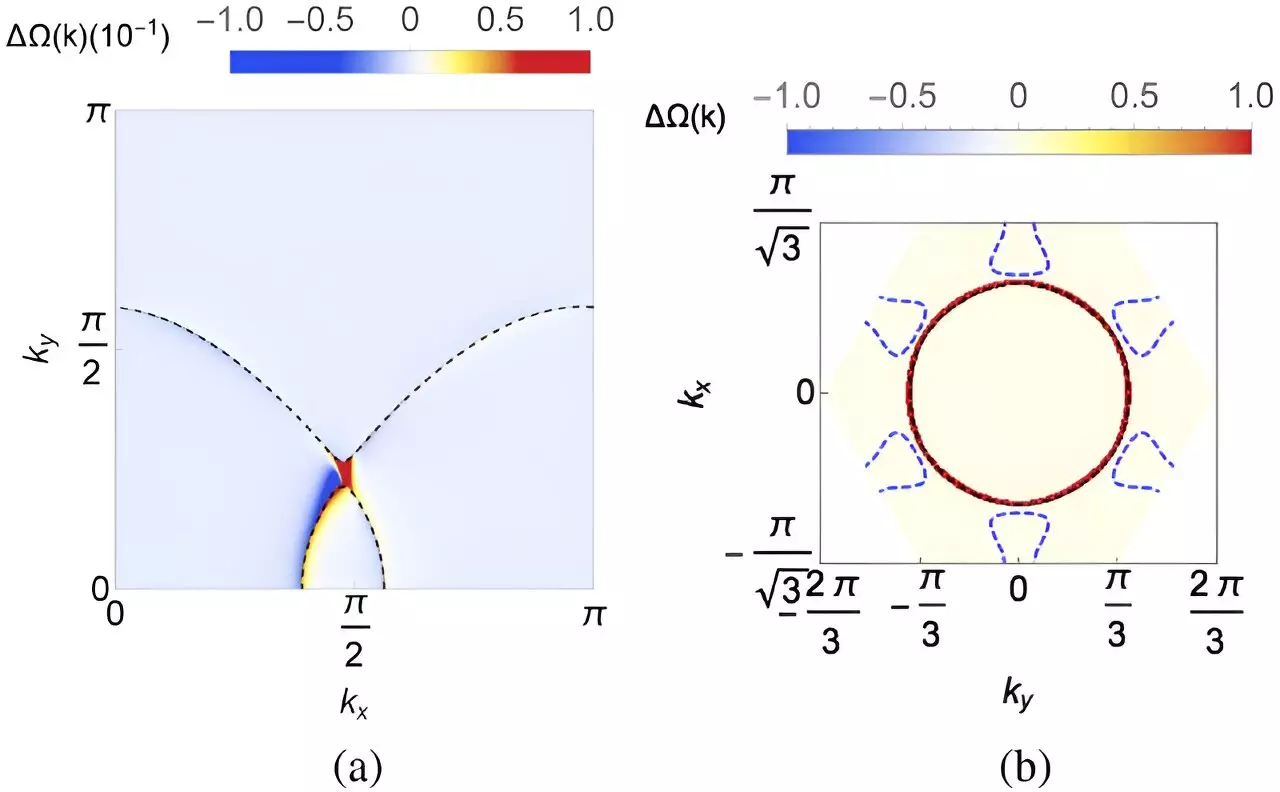Recent advancements in quantum materials have paved the way for groundbreaking discoveries that challenge our understanding of electron interactions. A pivotal study led by Qimiao Si at Rice University unveiled a new class of quantum critical metals that further elucidate the complex behaviors of electrons under extreme conditions. Published in the journal *Physical Review Letters*, this research not only broadens the horizons of quantum mechanical theory but also hints at potential innovations in electronic device technology.
Central to this research is the concept of quantum phase transitions—a phenomenon where electrons transition between different phases in response to external changes. Unlike classical phase transitions seen in water, where states change due to temperature fluctuations, quantum phase transitions occur due to the inherent properties of electrons governed by quantum mechanics. This foundational understanding challenges traditional physics by introducing complexity at absolute zero temperatures, where classical thermal fluctuations cease to exist. Instead, quantum fluctuations become significant, resulting in unique physical properties known as quantum criticality.
These transitions are crucial for comprehending how electrons interact under varying conditions, leading to unusual behaviors that could be harnessed for the next generation of electronic devices.
The research highlights two significant effects: Kondo coupling and the behavior of chiral spin liquids. Kondo coupling refers to the interaction between localized moments of electrons, which can lead to phenomena such as magnetic ordering. In tandem with this is the strange yet fascinating behavior of chiral spin liquids, a state in which spins maintain directional properties over time. This fluid state results from the geometrical frustration imposed by the lattice structure in which the electrons reside.
Si illustrates that within this model, two classes of electrons behave distinctly. Some electrons move sluggishly, comparable to vehicles mired in traffic, while others cruise swiftly in a fast lane. The relatively immobile electrons can shift their spin directions in response to their environment, affecting how they conduct electricity.
An important outcome of this study is the revelation of how electronic topology affects electron behavior, particularly during quantum phase transitions. Topology, when connected to the arrangement of electronic states, can induce unusual behaviors while altering the conventional understanding of conductivity and other electronic properties. This interplay is not just theoretical; it has practical implications in real-world applications where precise electronic responses are critical.
The study also examined the Hall effect, a phenomenon wherein an electric current deflects in response to an external magnetic field. Si’s team discovered a sudden jump in the Hall effect values at the quantum critical point, suggesting that the conductive properties transition dramatically under certain conditions. Such insights enhance our comprehension of how electronic architectures can be manipulated at the quantum level.
The implications of these findings are profound. The unique properties exhibited by quantum-critical systems have the potential to inspire the creation of highly sensitive electronic devices. For instance, systems exploiting these effects may find applications in advanced sensors for medical diagnostics or environmental monitoring—fields where precision and sensitivity are paramount.
The collaborative effort between Si’s group at Rice University and Silke Paschen’s research team illustrates the value of interdisciplinary approaches in tackling complex scientific problems. Contributions from researchers, including Wenxin Ding and Sarah Grefe, further underpin the significance of cooperative intellectual endeavors.
The exploration of quantum critical metals introduces an exciting dimension to our understanding of quantum mechanics and electronic properties. The revelations regarding electron behavior and the dynamics of quantum phase transitions provide a foundation for future innovations in technology. As researchers continue to untangle the complexities of electron interactions, we may soon witness technological advancements that could revolutionize various fields, heralding a new era of ultra-sensitive, quantum-enabled devices. Through continued investigation and collaboration, the path toward harnessing these quantum properties may soon become a reality, with vast implications for science and society alike.


Leave a Reply